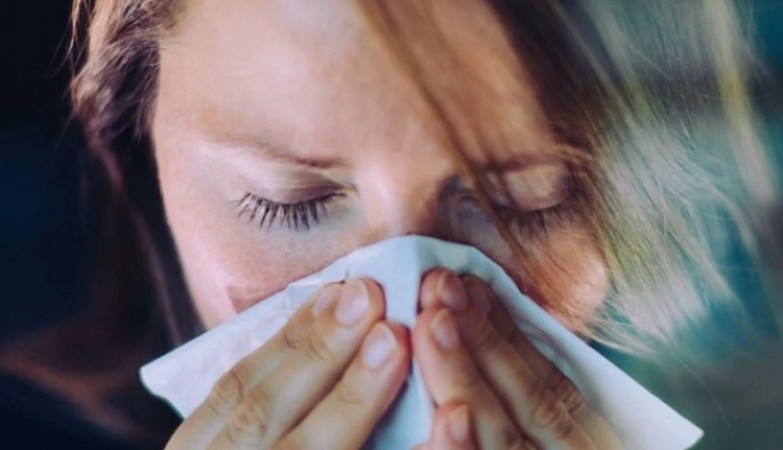
Stay Well Through the Seasons- Coping with Common Ailments Triggered by Weather Changes. As the seasons change, so do our bodies. Transitioning from one season to another can be a beautiful experience, marked by vibrant foliage, crisp air, and the promise of new beginnings. However, this transition also brings with it a set of health challenges that can affect many individuals. From the common cold to sore throats and joint pain, let's explore the top five health conditions triggered by seasonal changes and discover how you can protect yourself against them.
Common Cold:
The common cold is a frequent visitor as the seasons shift, particularly during the transition from warm to cool weather. Colder temperatures can weaken the body's immune defenses, making it more susceptible to viruses like the rhinovirus, which causes the common cold. To safeguard yourself, maintain proper hygiene, dress warmly, and consider a flu vaccine. Adequate sleep and a balanced diet also help to bolster your immune system.
Sore Throat:
Sore throats are often associated with seasonal changes, especially in the winter. The dry air and temperature fluctuations can irritate the throat, making it susceptible to viral infections. To alleviate the discomfort, drink warm fluids, keep the air moist, and consider using throat lozenges or gargling with salt water. If the condition persists, consult a healthcare professional.
Joint Pain:
Many individuals experience joint pain during the transition from warm to cold weather. While the exact cause is not fully understood, it's believed that changes in barometric pressure and temperature can affect joint fluid thickness and lead to increased discomfort. To manage joint pain, stay active and engage in gentle exercises, maintain a healthy weight, and consider the use of joint-supportive supplements under medical guidance.
Allergies:
Seasonal changes can also trigger allergies, with pollen, mold spores, and dust mites becoming more prevalent during specific times of the year. Allergic reactions can lead to a range of symptoms, including sneezing, itchy eyes, and respiratory issues. To mitigate allergies, consider using air purifiers, keeping windows closed during high pollen seasons, and taking over-the-counter or prescribed antihistamines.
Seasonal Affective Disorder (SAD):
Seasonal changes can impact not just physical health but mental well-being as well. Seasonal Affective Disorder (SAD) is a type of depression that occurs in response to the changing seasons, often with symptoms peaking in the winter. To manage SAD, consider exposure to natural light, regular exercise, and, in severe cases, consult a mental health professional.
While seasonal changes can present challenges to our health, there are numerous proactive measures that can be taken to protect ourselves. By maintaining a healthy lifestyle, practicing good hygiene, and being mindful of environmental changes, you can minimize the impact of conditions like the common cold, sore throat, joint pain, allergies, and even Seasonal Affective Disorder. Remember that every season brings its unique beauty and opportunities for growth, so embrace the change while safeguarding your health.
Demystifying Pregnancy Swelling: Understanding Causes of Edema the Expectant
Stay Fit: How to Boost Your Immune System Naturally